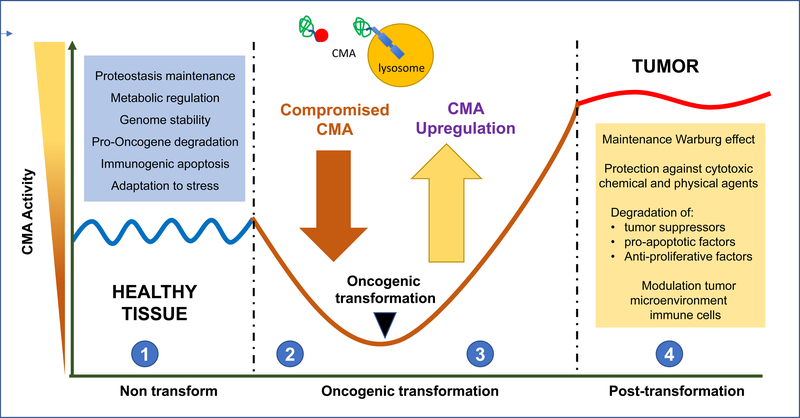Figure 2. (Key figure). Anti-oncogenic function of CMA turns pro-oncogenic in cancer cells.
Studies in vitro and in vivo support an anti-oncogenic function for CMA in normal cells (1) through a variety of mechanism (blue box). This could explain why conditions in which CMA activity is reduced (2) such as aging or disease favor malignant transformation. Right after transformation CMA activity is upregulated (3) and remains constitutively active in most tumor cells (4). High CMA activity in cancer cells sustains different pro-oncogenic functions (yellow box).

